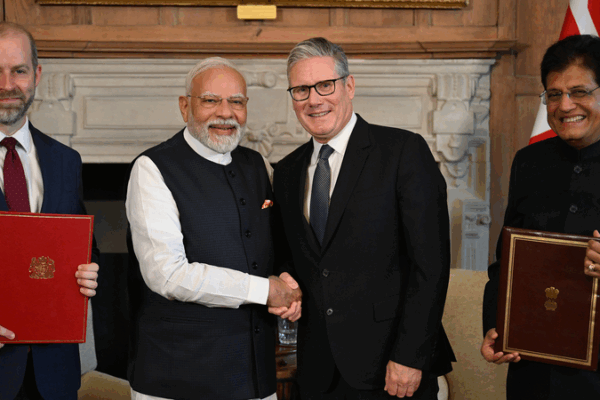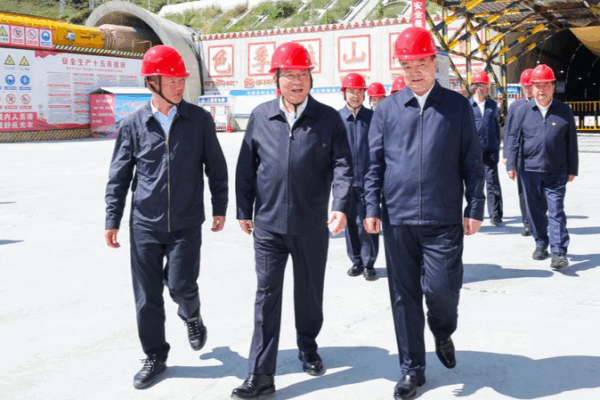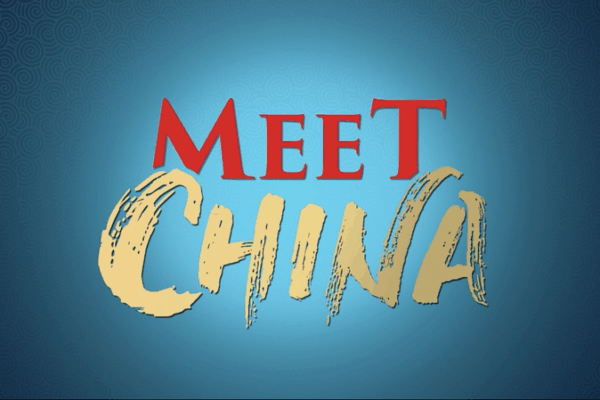
Britain and India Seal Landmark Free Trade Deal
Britain and India sign a landmark free trade agreement cutting tariffs and boosting jobs and growth across both nations.
My Global News: Voices of a New Era
🌍 Stay Ahead, Stay Global 🚀

Britain and India sign a landmark free trade agreement cutting tariffs and boosting jobs and growth across both nations.

Su Chao football, night markets and food carnivals in Jiangsu are reshaping consumption and fueling the Chinese mainland’s next growth chapter.

Chinese premier Li Qiang visits Xizang’s Sichuan-Xizang Railway site, urging high-quality execution of key national projects to drive sustainable development, local industries, and wellbeing.

SCIO highlights strides in high-quality commerce on the Chinese mainland under the 14th Five-Year Plan, from digital trade to green partnerships.

CISCE convenes 650+ firms from 75 countries/regions, showcasing six major supply chain zones. Overseas exhibitors up to 35%, forging partnerships in tech, logistics and regional development.

The Chinese mainland’s GDP grew 5.3% year on year in H1 2025, driven by resilient domestic demand and steady policy support.

Chinese mainland’s 14th Five-Year Plan (2021-2025) aims to generate over 35 trillion yuan in incremental GDP, driven by digital, green, and consumption upgrades.

UAE assistant minister Saeed Al Hajeri highlights the BRICS mechanism as a platform amplifying the Global South’s voice and shaping future economic growth.

Explore how Sichuan’s Mengding Mountain tea, Wuhan’s transport hub, and Guangzhou’s textiles are driving transformation across China’s economic landscape.

Hong Kong marks 28 years since its return to China with nine consecutive quarters of GDP growth and top global rankings in finance, shipping, and FDI under One Country, Two Systems.